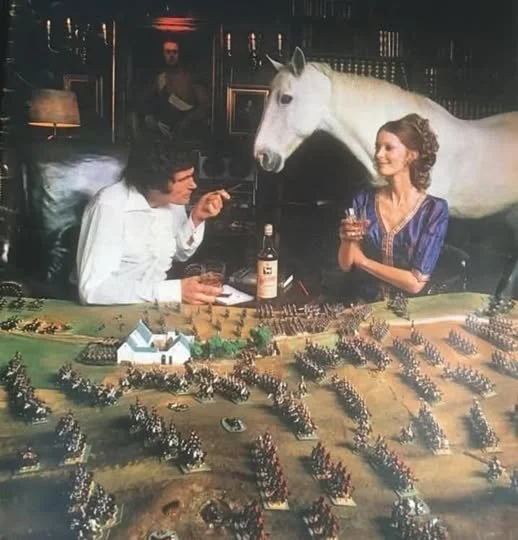Reclaiming Romans
/Regular visitors to the site will know that I am currently using a borrowed 28mm Early Imperial Roman army on this year’s To The Strongest competition circuit. This is because my collection is 15mm but there are no 15mm competitions, and I really didn’t want to go to the time and trouble of assembling a whole 28mm army just for that.
All that has, however, now changed, as friend Si gave me (literally) a basket of battered old 28mm Romans that had been cluttering up his place for far too long. It took quite a bit of re-painting, re-arming and re-basing, but my Romans, as opposed to my borrowed Romans, will be making their debut at SELWG this weekend.
The first stage when starting a project like this is to work out what you have actually got: how many complete units you can make from what you’ve been given, and what you’ll need to bring them up to scratch. With the Romans, I needed a box full of pila, some 15mm ECW pikes that would substitute as lances for the equites contariorum, and a whole load of bases and flock.
Equites Cohortales
Equites Contariorum (note the 15mm ECW pikes used as lances)
Next is to remove everything from their existing bases. This is the messiest part of the process. I soak the bases in water for 24 hours minimum (I use the plastic cases that tufts come in: they are just deep enough so I have to use just the right amount of water) after which you will find that most figures will just pop off the bases no problem. With the Romans, someone had used some kind of plaster to build up the bases, so an old flat head screwdriver was also needed to assist in the popping!
Scrape the bases clean of all soaking flock (and plaster crumbs!) and make sure all the figures stand upright on their own. Horses often need their hooves glued back onto bases after breakages, and it can be a delicate process to ease thin weapons, poles etc back into shape. Here’s also where you fix up each individual figure with a new weapon if necessary: trying to match the weapons you don’t need to fix on other figures in the unit.
legionaries
legionaries (note the need to have two different shield types , one for each rank)
Then it’s time to re-paint all the chipped bits. I try to do no more than touch up existing paint jobs as I like to celebrate the efforts of the original painter, but sometimes you’ll need to re-undercoat a section and start again. You’ll need a wide variety of paints for this as you can’t guarantee that the OP used the same paint sets you do!
Faces and hands are key here: a highlight in a lighter flesh tone can make all the difference. I also like my Roman generals to be wearing purple as a main colour, so I did re-paint the command figures’ cloaks or tunic to reflect that.
commanders: re-purpled!
Finally it’s a re-base. A brilliant base can make figures with even the most average of paint jobs look really good, but I must confess that as these Romans aren’t core to my collection, I went with a simple grass flock scheme. That matches what I did with the borrowed army, so I needed them all to look the same as I’ll be using a combination of old and new together on the tabletop.
So there you have it: about half the figures I need to substitute for the borrowed. My thanks to Si for his most generous gift, and let’s see how the “new” figures do on Saturday!
Auxiliaries
Lanciarii
I think i probably made a mistake here. These are meant to be auxiliaries, but I’ve re-armed them with pila, which makes them legionaries. The shields are Auxiliary, the command figures are Legionary: I think I’ll have to call them a unit that could be one or the other dependent on need!









